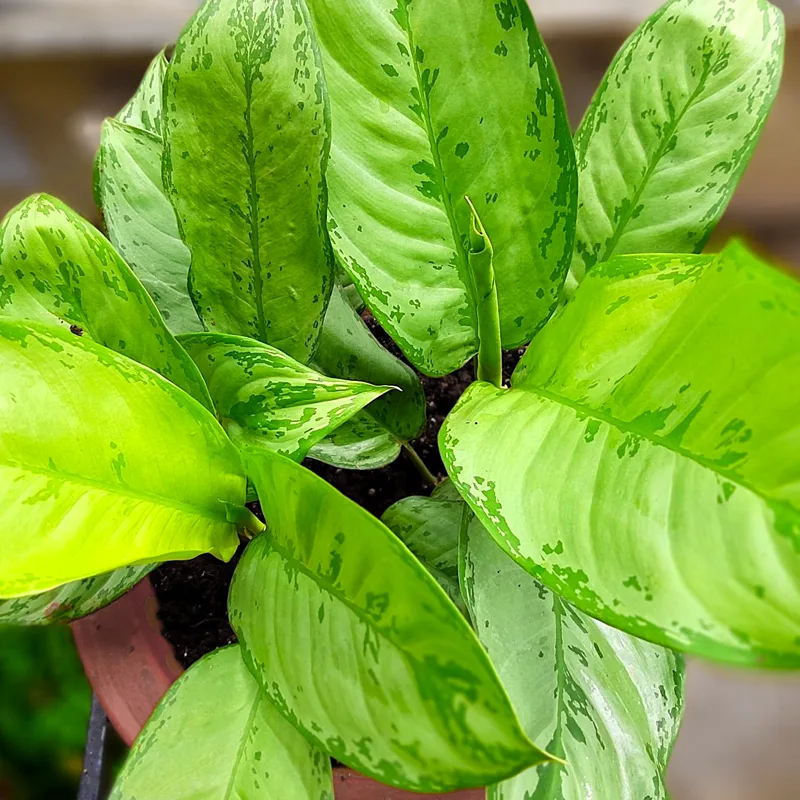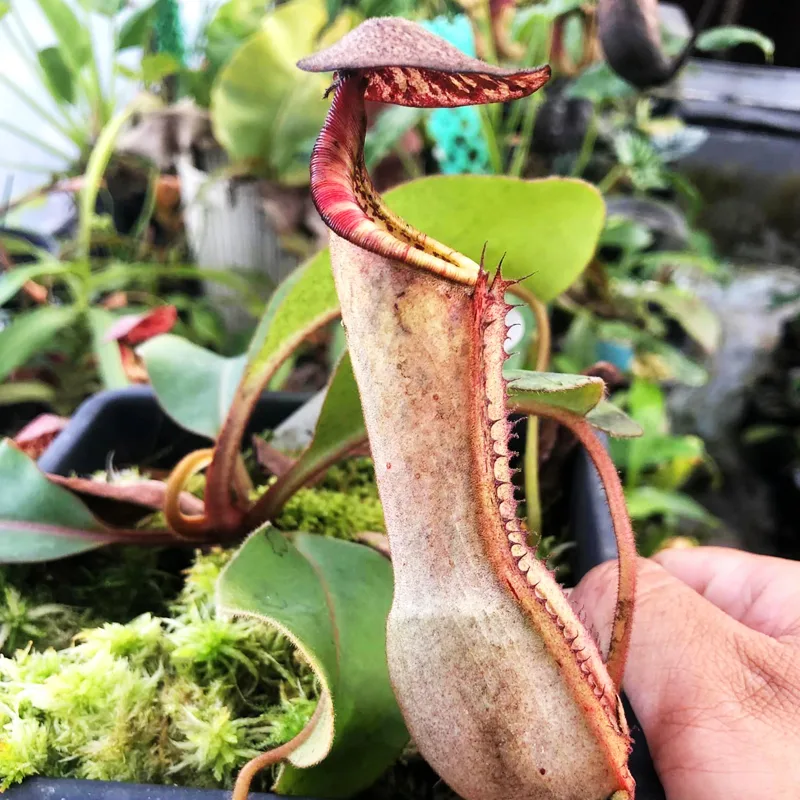Matricaria: A Personal Exploration of the Mayweed Genus
My name is Ferb Vu, and like many, I’ve always been drawn to the simple beauty of wildflowers. There’s a certain charm to their unassuming nature, their ability to thrive in diverse environments, and the subtle complexity hidden within their seemingly simple forms. Among these captivating wildflowers, the genus Matricaria has always held a special place in my heart.
Known colloquially as mayweed, Matricaria belongs to the chamomile tribe within the sunflower family (Asteraceae). Though often overlooked in favor of their more flamboyant relatives, these plants possess a unique allure, a delicate beauty that speaks volumes in its simplicity. Their dainty flowers, typically with white ray florets surrounding a yellow disc, resemble miniature daisies, adding a touch of understated elegance to fields, meadows, and roadsides.
Delving into Diversity: The Species in Matricaria
The genus Matricaria encompasses a fascinating array of species, each with its own distinct characteristics and distribution. While the exact number of species remains a subject of ongoing research and taxonomic debate, some of the most recognized members include:
- Matricaria chamomilla (syn. Matricaria recutita): Perhaps the most well-known member, German chamomile is renowned for its medicinal properties and use in herbal teas. Its sweet, apple-like aroma and calming effects have made it a staple in traditional medicine for centuries. Plant FAQs: Matricaria Chamomilla – German Chamomile
- Matricaria discoidea (Pineapple weed): This species, easily recognized by its cone-shaped yellow flower heads and pineapple-like scent, is a common sight in disturbed areas and roadsides. Though not as widely used as German chamomile, it also possesses medicinal properties and can be brewed into a soothing tea. Plant FAQs: Matricaria Discoidea
- Matricaria aurea (Golden chamomile): This species, as its name suggests, features golden yellow flower heads and is native to the Mediterranean region. It has been traditionally used for its anti-inflammatory and antiseptic properties.
- Matricaria occidentalis (Western mayweed): Native to western North America, this species is characterized by its relatively large flower heads and can be found in a variety of habitats, from grasslands to open woodlands.
- Matricaria appressa Charit.
- Matricaria tzvelevii Pobed.
Beyond the Bloom: The Allure of Matricaria
Beyond their aesthetic appeal, Matricaria species have captured my interest due to their ecological significance and ethnobotanical uses. These plants play a vital role in their respective ecosystems, providing nectar and pollen for a variety of pollinators, including bees, butterflies, and hoverflies. Their seeds also serve as a food source for birds and small mammals.
Moreover, Matricaria species have a long history of use in traditional medicine across different cultures. German chamomile, in particular, has been revered for its therapeutic properties, used to treat a wide range of ailments, from digestive issues and anxiety to skin irritations and inflammation. Its essential oil is also widely used in aromatherapy and cosmetics.
A Personal Connection: My Journey with Matricaria
My fascination with Matricaria began in my childhood, exploring the fields and meadows near my home. I was captivated by the delicate beauty of these wildflowers, their resilience in the face of adversity, and their ability to bring a sense of calm and tranquility to even the most chaotic environments.
Over the years, my appreciation for Matricaria has only deepened. I’ve spent countless hours observing these plants in their natural habitats, studying their morphology, and learning about their ecological roles and ethnobotanical uses. I’ve even experimented with cultivating different species in my own garden, enjoying the process of nurturing these plants from seed to flower.
My journey with Matricaria has been a source of immense joy and fulfillment. It has taught me the importance of appreciating the simple things in life, the interconnectedness of all living beings, and the power of nature to heal and inspire.
If i die, water my plants!



